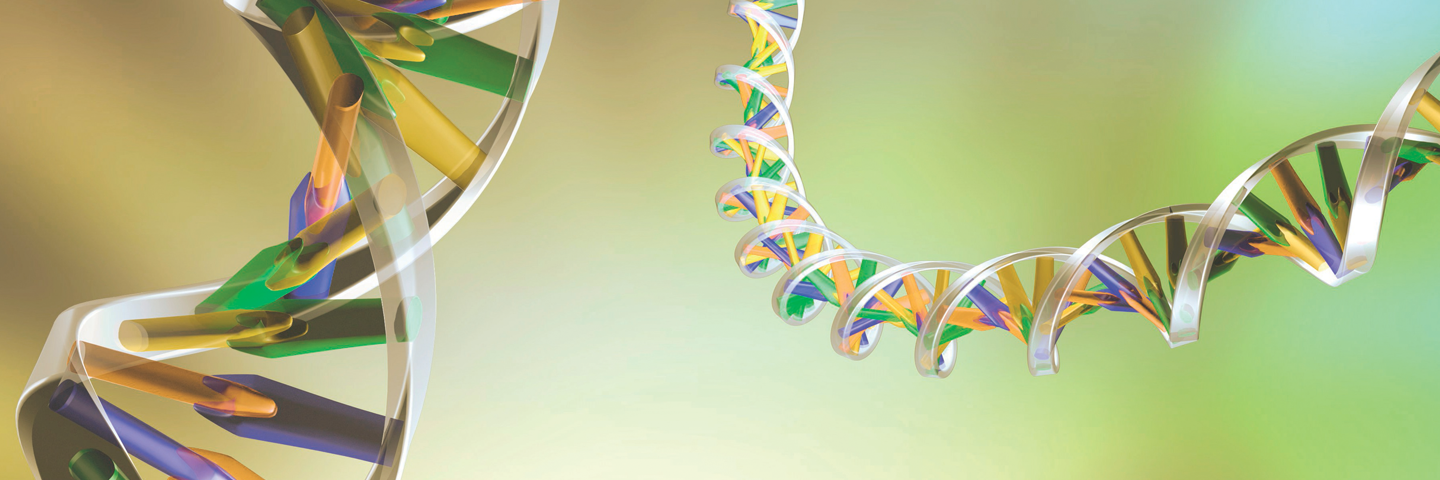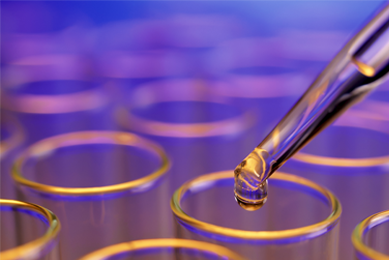
As part of our continuing efforts to characterize and authenticate the cell lines in our collection, ATCC has developed a comprehensive database of short tandem repeat (STR) DNA profiles for all of our human cell lines.
Log in to search the STR database
Background
Short tandem repeat (STR) loci are among the most informative polymorphic markers in the human genome. STR profiles help ensure the quality and integrity of human cell lines in the scientific community. Studies have shown that a minimum of thirteen (13) core STR markers are required to positively identify human cell lines. Use of these 13 core STR markers (loci), D5S818, D13S317, D7S820, D16S539, vWA, TH01, TPOX, CSF1PO, D8S1179, D3S1358, D18S51, D21S11, and FGA are recommended. These markers enable researchers to (1) show relatedness between cell lines and (2) uniquely identify human cells. Use of the 13 core loci enables a 5.02 x 1016 discrimination rate for unrelated individuals.1
ATCC generates human STR profiles by simultaneously amplifying multiple STR loci and amelogenin (for gender determination) using the Promega PowerPlex® 18D System.2 Amplicons are separated by capillary electrophoresis and analyzed using GeneMapper® ID-X Software from Thermo Fisher Scientific. Each relevant peak in the resulting electropherogram represents an allele that is alphanumerically scored and entered into the database.
The ATCC Standards Development Organization published a consensus standard, ANSI/ATCC ASN-0002-2022 Authentication of Human Cell Lines: Standardization of Short Tandem Repeat (STR) Profiling - Revised 2022, to provide the research community with a globally accepted methodology for assessing human cell line identity. The Standard also provides guidance on interpreting STR profiling results. This effort facilitated the broader adoption of cell line authentication testing into cell culture laboratory operations.
After determining the STR profiles of your human cell lines, you may compare them to the human cell lines in the ATCC STR Database.
Recent enhancements include:
- Matching Algorithms
- Search results that can be sorted by category (eg, percent match, ATCC number)
- Excel-exportable search results
References
- Lins, A.M., et al. J. Forensic Sci. 43: 1168-1180, 1998.
- ATCC is transitioning from the PowerPlex 1.2 System to the PowerPlex 18D System. Although the new platform interrogates 17 STR loci plus amelogenin, the additional genetic information will not be made publicly available to protect the personal identity of the tissue donor. If you have STR Profiling Tested performed by ATCC on your cell lines, your test results will provide the allele calls for all of the loci evaluated.
Explore STR resources
 Presentation
Presentation
STR Authentication: Using the ATCC public STR Database
Find out how to search the STR public database
More
Interrogating the Database
Learn how to query our STR database of human cells and interpret the results.
More
